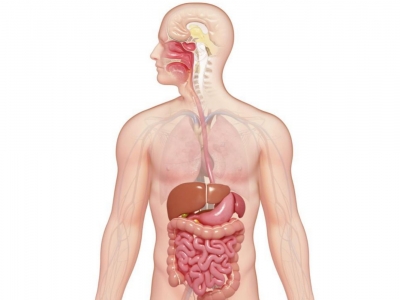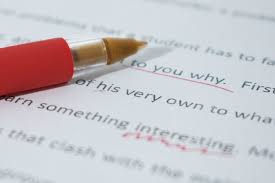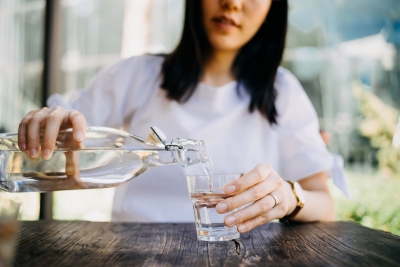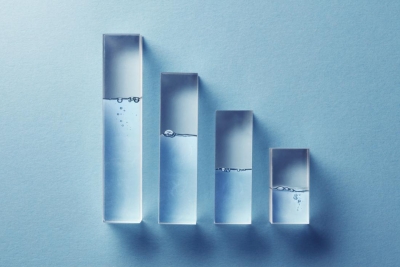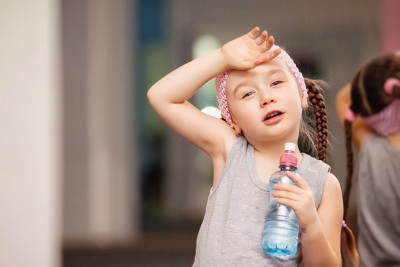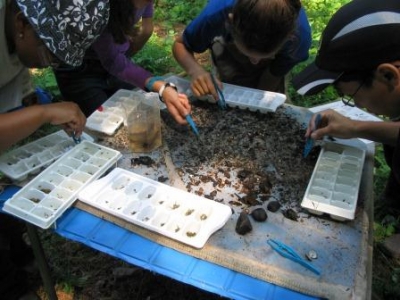I dream almost 40% of the time
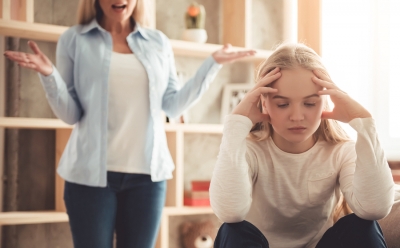
I get depressed easily and feel sad most of the time. I delve into the past a lot with regrets like, 'I should have done this' or I shouldn't have messed up like that', etc. I also smile nostalgically, thinking of the fun times I've had. I dream almost 40% of the time. I don't have a good relationship with my mom. She imposes her decisions on me, and when I refuse, she emotionally blackmails me. Dad is also disturbed since some time. I'm addicted to my laptop. My day revolves around it - be it for online classes or as a pastime. I don't know whom to confide in. I have two trustworthy childhood friends and a new friend too, but I don't know how to tell them. I write a diary and it feels good; but only for some time because it can't reply like a person would. I will soon enter class 12, but due to these issues, I can't focus on my studies. What should I do?
The past is history, the future a mystery; this moment is a gift and that's why it is called the "present'. We often escape into the past or dream about the future when we do not see our present as a gift. And we choose to be unhappy and depressed.
To see our present as a gift, we need to see the gifts in our present. So, begin with gratitude for what you have. Your parents, a home, food, health, and three good friends is a great place to start! Each day find 5 new things to be grateful for!
Looks like you don't have enough to engage you each day, apart from studies. For this: 1) Help others: Help your mother at home, teach/ help a young kid with school work... 2) Learn something new: Learn a language, craft, dancing, etc. 3) Discover your talents: Use your talents to help others or to express your creativity. 4) Focus on your career: What career do you plan to take up? Does it excite you? What are you doing to make it happen? 5) Make friends with your family members: Get to know your parents as people. What do they enjoy? What do you enjoy together? 6) Exercise: Ensure your daily routine includes 30 to 45 minutes of exercise; it is a thought and mood booster and ensures good sleep. Take charge of your life. Choose happiness.
Picture Credit : Google

